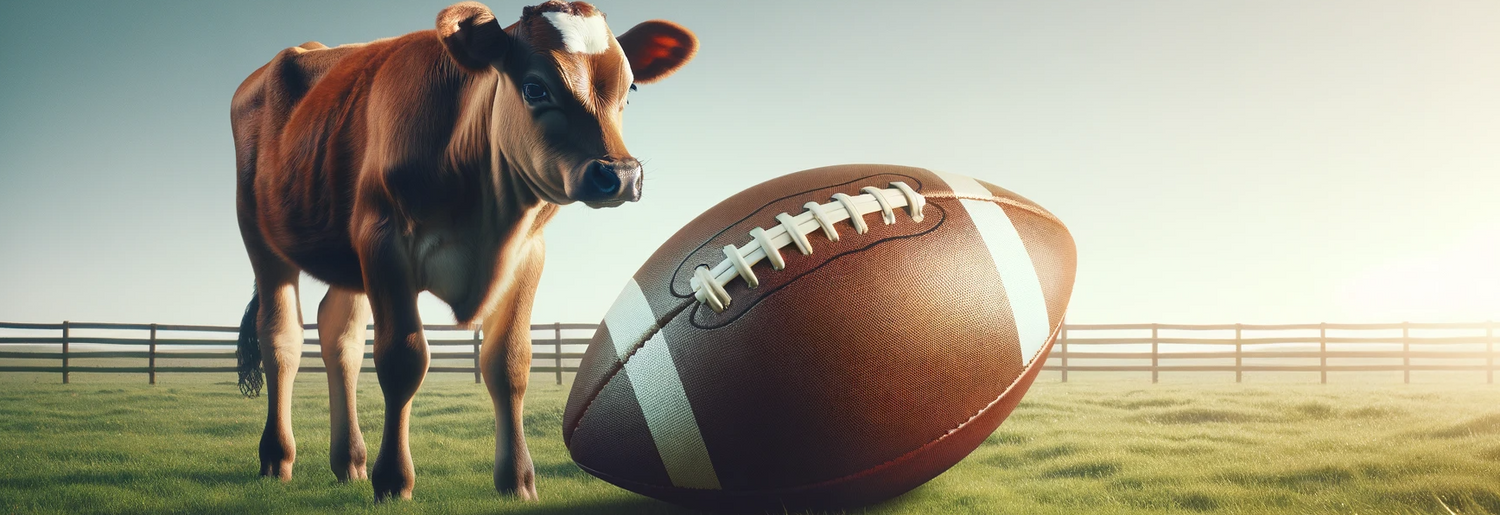The increasing awareness of environmental sustainability has led to a critical examination of various industries, including the sporting goods sector. This sector, traditionally reliant on materials like leather and PVC, is now facing a pressing need to prioritize sustainable alternatives for several compelling reasons.
2. **PVC Usage: Polyvinyl Chloride (PVC) is another common material in sporting goods, found in everything from yoga mats to soccer balls. The production of PVC releases harmful dioxins and involves toxic additives, which can leach into the environment. PVC is also notoriously difficult to recycle, often ending up in landfills or incinerators, where it releases toxic compounds. While soccer balls dont use much leather these days, millions of soccer balls are made from PVC every year. Switching your size 5 soccer ball to TPU is the best alternative you can make right now.
2. Air Quality: The off-gassing from PVC-based products can degrade indoor air quality, posing risks, especially in indoor sports facilities.
2. Labor Practices: The manufacturing processes for leather and PVC often occur in regions with lax labor laws, raising concerns about worker exploitation and unsafe working conditions.
2. Market Demand: There is a growing consumer demand for sustainable products, and companies that adapt early to this trend are likely to gain a competitive edge.
2. Lifecycle Analysis: Sustainable products often focus on the entire lifecycle, from production to disposal, ensuring a lower overall environmental impact.
2. Inspiring Change: Sports figures and teams have significant influence. Their choice to use sustainable goods can inspire fans and the public to make more environmentally friendly choices.
The shift towards sustainable sporting goods is not just a trend but a necessary response to the environmental, health, ethical, and economic challenges posed by traditional materials like leather and PVC. The sporting goods industry, given its global reach and influence, has a unique opportunity and responsibility to lead in this area. By prioritizing sustainable materials and practices, it can contribute significantly to environmental conservation, promote healthier lifestyles, and set a positive example for other sectors to follow.
In conclusion, the need to prioritize sustainable sporting goods like Eco Sports is imperative. Their switch from Leather to Biodegradable TPU Balls has made a drastic impact on the carbon footprint of sporting goods. It represents a proactive step towards a more responsible and environmentally conscious approach to sports and consumerism. As consumers, athletes, and industry leaders become more aware of the impacts of their choices, the transition to sustainable alternatives in sports equipment is not just beneficial but essential for a sustainable future.
Environmental Impact of Traditional Sports Materials
1. Leather Production: Leather, widely used in sports equipment such as gloves, shoes, and balls, has a significant environmental footprint. The leather tanning process is not only water-intensive but also involves toxic chemicals that can contaminate water sources. Additionally, cattle farming for leather contributes to deforestation and emits greenhouse gases. We know have Vegan Leather Basketalls and Vegan Leather Footballs that are even better than their animal leather counter parts.2. **PVC Usage: Polyvinyl Chloride (PVC) is another common material in sporting goods, found in everything from yoga mats to soccer balls. The production of PVC releases harmful dioxins and involves toxic additives, which can leach into the environment. PVC is also notoriously difficult to recycle, often ending up in landfills or incinerators, where it releases toxic compounds. While soccer balls dont use much leather these days, millions of soccer balls are made from PVC every year. Switching your size 5 soccer ball to TPU is the best alternative you can make right now.
Health and Safety Concerns
1. Toxic Exposures: Both leather and PVC can expose athletes and consumers to harmful substances. Chemicals used in tanning leather, such as chromium, can have adverse health effects. Similarly, the phthalates used to soften PVC are linked to various health issues, including hormonal disruptions.2. Air Quality: The off-gassing from PVC-based products can degrade indoor air quality, posing risks, especially in indoor sports facilities.
Ethical Considerations For Leather Balls
1. Animal Welfare: Leather production raises concerns about animal welfare. The demand for leather often leads to unethical treatment of animals in the supply chain. 35,000+ Cows are needed for Leather every year just for NFL footballs.2. Labor Practices: The manufacturing processes for leather and PVC often occur in regions with lax labor laws, raising concerns about worker exploitation and unsafe working conditions.
Economic Implications
1. Long-term Costs: While sustainable alternatives might have a higher upfront cost, their durability and lower environmental impact can lead to long-term savings and benefits.2. Market Demand: There is a growing consumer demand for sustainable products, and companies that adapt early to this trend are likely to gain a competitive edge.
Sustainability and Performance Driven
1. Innovation in Materials: Sustainable materials like organic cotton, recycled polyester, and natural rubber are proving to be viable alternatives, offering comparable, if not superior, performance.2. Lifecycle Analysis: Sustainable products often focus on the entire lifecycle, from production to disposal, ensuring a lower overall environmental impact.
Community Impact
1. Educational Value: Embracing sustainable sports goods can have an educational impact, raising awareness about environmental issues among consumers and athletes.2. Inspiring Change: Sports figures and teams have significant influence. Their choice to use sustainable goods can inspire fans and the public to make more environmentally friendly choices.
The shift towards sustainable sporting goods is not just a trend but a necessary response to the environmental, health, ethical, and economic challenges posed by traditional materials like leather and PVC. The sporting goods industry, given its global reach and influence, has a unique opportunity and responsibility to lead in this area. By prioritizing sustainable materials and practices, it can contribute significantly to environmental conservation, promote healthier lifestyles, and set a positive example for other sectors to follow.
In conclusion, the need to prioritize sustainable sporting goods like Eco Sports is imperative. Their switch from Leather to Biodegradable TPU Balls has made a drastic impact on the carbon footprint of sporting goods. It represents a proactive step towards a more responsible and environmentally conscious approach to sports and consumerism. As consumers, athletes, and industry leaders become more aware of the impacts of their choices, the transition to sustainable alternatives in sports equipment is not just beneficial but essential for a sustainable future.

